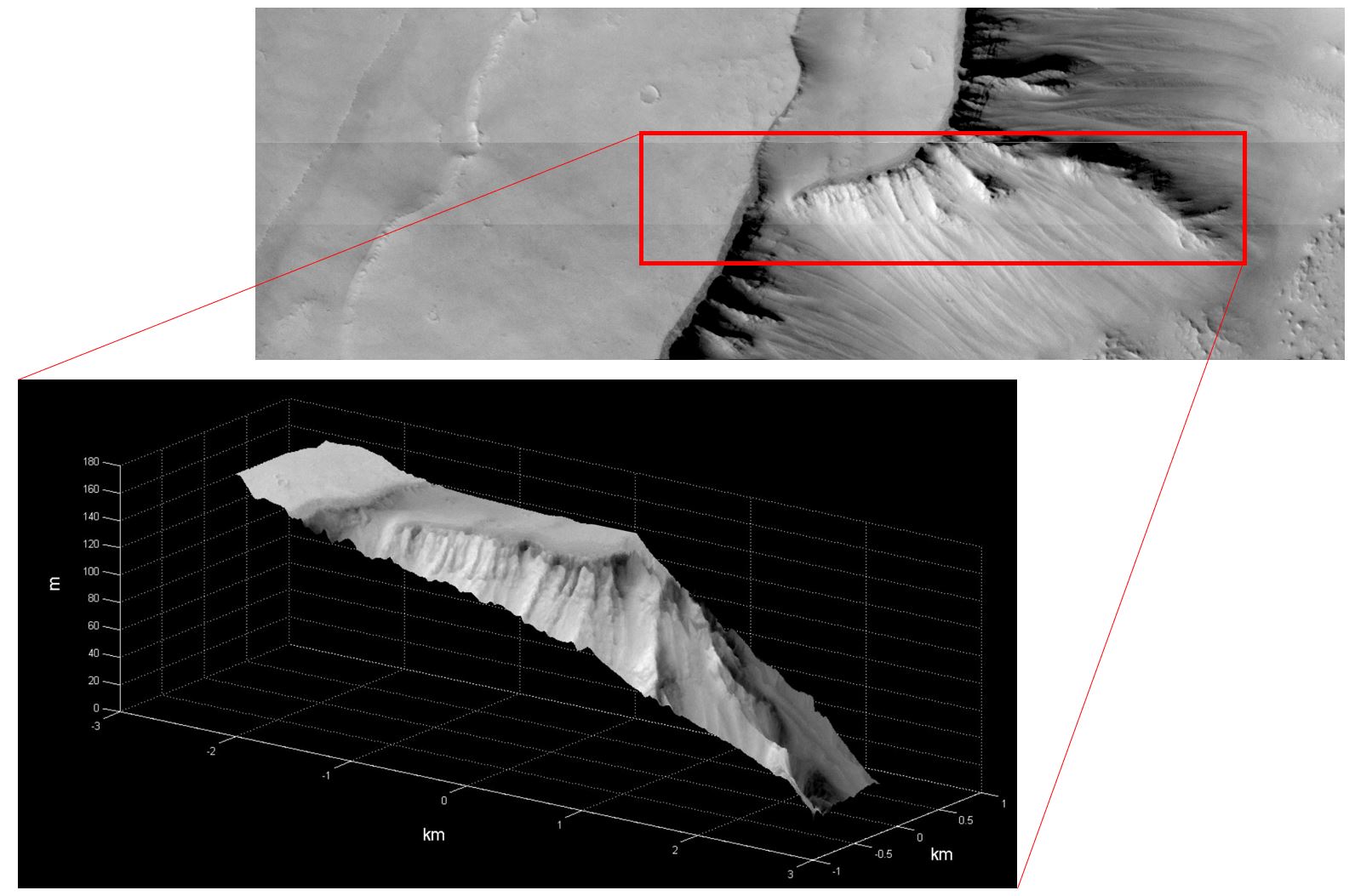
ExoMars created its first 3D image of Martian topography from two stereo images captured by the Trace Gas Orbiter. Image: ESA/Roscosmos/ExoMars/CaSSIS/UniBE
In case Schiaparelli’s crash-landing left you thinking the European Space Agency’s ExoMars mission was a bust, rest assured it wasn’t. The mission’s scientific workhorse—its Trace Gas Orbiter (TGO)—is performing beautifully, as evidenced by the first images and splashes of data ESA has now received back from the Red Planet.
In keeping with ExoMars’ goal of discovering signs of life, the TGO’s agenda is to produce a detailed inventory of rare gases in Mars’ lower atmosphere. These include water vapor, nitrogen dioxide, acetylene, and most importantly, methane, which is broken apart by sunlight. If methane is present in Martian air, something—either a biological or geological process—is resupplying it.
The TGO is also equipped with state-of-the-art imaging equipment. If it does sniff something interesting, ESA will take detailed photos of the corresponding spot on the surface, so that a future rover can pay a visit.

